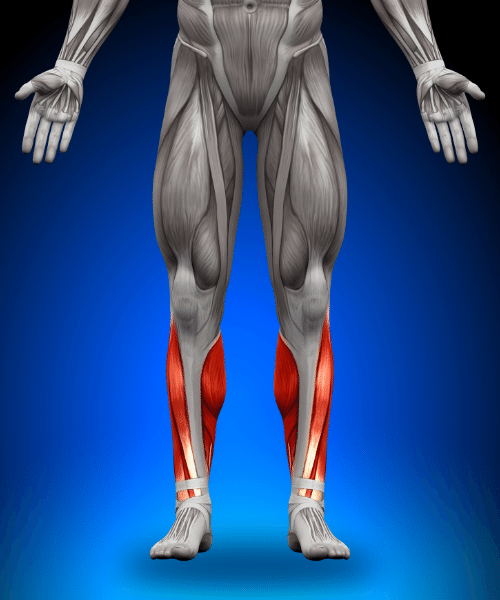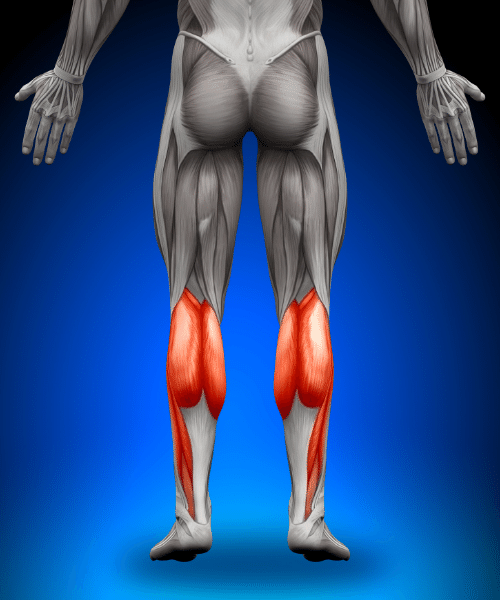CALF AND LOWER LEG COMPLAINTS
Complaints to the lower leg can occur all of a sudden or they can gradually get worse. If the symptoms last longer than a week, it is advisable to make an appointment with one of our physiotherapists.
ANATOMY
The lower leg is the part between your knee and your ankle; your shin and your fibula. The muscles in your lower leg can be divided into the shin muscles, the fibula muscles and the calf muscles.
- The shin muscles are on the front of your shin bone. These muscles pull your ankle and your toes upwards.
- The fibula muscles are located on the outside of your lower leg and move your foot to the side. These muscles also help stabilize your ankle when you are moving. The fibula muscles are also often stretched and torn when you sprain your ankle.
- The calf muscles are located at the back of your lower leg. There are roughly 2 layers of muscle. The most superficial layer is attached to the Achilles tendon and provide the vertical displacement. The deeper layer of muscles run from your lower leg to your foot and toes. These muscles, together with the fibula muscles, take care of your horizontal movement.


COMPLAINTS TO THE LOWER LEG
Many calf injuries and Achilles tendon injuries are caused by the fact that the deeper layer of the calf muscles are not able to do their work optimally. This may have to do with the way the foot and ankle move or that the training is built up too quickly. This creates an overload in these muscles themselves, as with shinsplints, or the Achilles tendon tries to compensate and becomes overloaded and irritated.
SHIN SPLINT
COMPLAINTS TO THE ACHILLES TENDON
OUR TREATMENT
In case of complaints to the lower leg, it is important to find out where exactly the problem comes from. Als een hardloper een onderbeen probleem heeft wordt er aanvullend een loopanalyse gedaan waarin vaak heel duidelijk in naar voren komen waar het probleem vandaan komt. With this the whole kinetic chain is checked. During the treatment we ensure that all muscles and joints can move properly again. In addition, you will receive specialised exercises to make your lower leg muscles, your ankle and your foot stronger than before.
If you have any questions about your calf and lower leg injury, please feel free to contact one of our therapists. Often we can already give you useful tips that reduce your complaints immediately.














